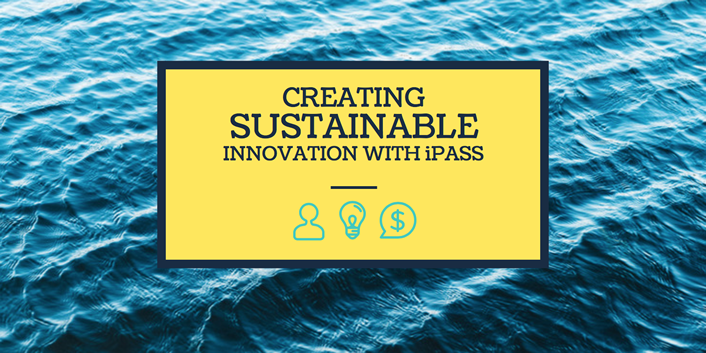
Many colleges are looking at technology-enabled advising tools as a cutting-edge approach to improving student outcomes in higher education. A variety of tools — including software that can map out educational pathways, flag potential roadblocks, or help customize appropriate advice and counsel for students — are currently being implemented by 26 colleges and universities participating in the iPASS grant initiative funded by the Bill and Melinda Gates Foundation.
But for these colleges and others, there is often lingering uncertainty about the business model underlying such initiatives. Absent grant funding, how can colleges continue to invest in and sustain these types of activities?
Return on Investment and Sustainability
Adopting and implementing iPASS-like solutions for traditional higher education structures requires new spending. But to create sustainable innovation, colleges need to move from a lens of “What does it cost?” to a more useful understanding of “What do we get for the resources we spend?” This shift, from spending to return on investment (ROI), is critical to understanding and creating sustainable innovation.
Transitioning to an ROI lens, however, requires three fundamental shifts:
- First, acknowledge that this is not only about dollars spent, but about people and how they spend their time. Colleges’ most significant investments are in their people, yet they often have a poor understanding of how people spend their time and how it connects to student success.
- Second, the focus on total cost alone must move to one of cost per unit, and how unit costs change over time. Institutions may increase total spending, but the more important metric is around the cost per student served.
- The third component for applying an ROI lens is to tangibly connect student success and financial sustainability. Improving traditional metrics of student success — such as retention, persistence and credit hours completed — can also boost the net revenue earned by the institution.
Five Early Learnings
In transitioning to an ROI framework, we look at five early learnings from the first year of a three-year financial evaluation of iPASS grantee institutions:
- iPASS is Not Just a “Tech” Project – Successfully integrating iPASS-like solutions onto campus requires systemic change beyond simply buying and implementing new software. Even during the initial phases of iPASS adoption, the majority of project resources were spent on personnel-related activities. Only about one-quarter of spending from FY14–FY16 purchased iPASS technologies and software platforms. Two-thirds of spending was for salaries and benefits, with the majority of resources (55%) supporting the cost of existing staff.
- Capacity is Key to Lowering Unit Costs – Nearly 60% of students at grantee colleges with access to iPASS systems were utilizing them in FY16, at an average cost of $211 per student. Spending per student is expected to decline by 50% in FY18, to just over $100 per student. Helping to drive down costs is a projected increase in student utilization to 76% in FY18, coupled with projected declines in spending. But opportunities to expand usage remain and can drive unit costs down even further.
- Grant Funding Leverages, but Doesn’t Replace, Institutional Resources – Receiving a grant often makes it easier to garner support for new a project, but institutions typically remain the largest funder of such projects. In the first year of the iPASS initiative, grant funding accounted for about 20% of project spending, on average. In addition, the grants incentivized a 68% investment increase, on average, across institutions.
- Student Success Generates a Financial Return on Investment – Effective technology-enabled advising programs are often measured by improvements in student persistence, retention, credit hours completed, and ultimately, a conferred degree. Yet increasing a student success metric like student retention by about 1.5 percentage points is projected to generate, on average, about a $1m annually in new institutional net revenue (defined as additional operating revenue from student credit hour activity, less the expense to provide those additional credit hours) as those retained students continue to enroll for classes.
- ROI Supports Sustainability – By connecting student success with financial success, projects like iPASS become financially sustainable for colleges and universities as the tangible “return” on their investment become clear. When successful, these tools also provide a financial benefit to students by translating their achievements into reduced tuition, less time to completion, and faster entry into the workforce.
Where Do We Go from Here?
This recent analysis of IPASS provides a new example of how higher education can utilize an ROI lens to make a strategic selection among various student success initiatives. Ultimately, the use of this lens should also allow an institution to make the case for continued investment.
rpk GROUP operates nationally and internationally, working with institutions, systems and the research community to create sustainable business models in higher education that allow for investments in student success.
Rick Staisloff founded rpk GROUP after a 20-year career in higher education finance.
Donna Desrochers has analyzed contemporary issues in education and the economy for nearly 20 years, with a primary focus on higher education finance and the economic importance of postsecondary education.
